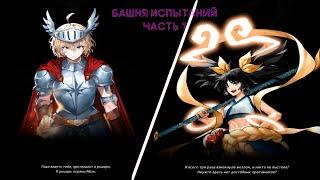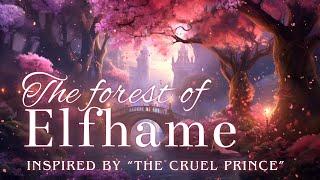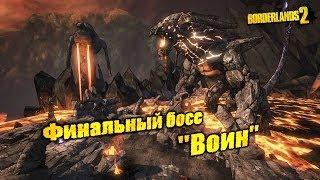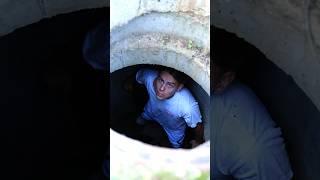Комментарии:

Iconoclasm was probably a reaction against claims or practices promoting the Mandylion of Edessa. It was a relic with the "true image" "not made by hand" of a human face thought to be that of Christ. It was credited with defending Edessa against the Persians in 544. It was apparently captured by the Sassanians along with the the city of Edessa itself in 609. Eventually (in 944) it was brought to Constantinople, from whence it disappeared during the sacking of Constantinople during the 4th Crusade. The Shroud of Turin shows up in Europe about a century and a half later in the hands of Geoffroi de Charny, a nephew of the second in command of the Knights Templar, a man with a nearly identical name: Geoffroi de Charney, who had been roasted to death along with Jacques de Molay.
Ian Wilson is credited by wikipedia as being the first to propose that the Shroud is the same relic as the Mandylion. His theory is that as the Mandylion the cloth would have been folded and framed to show just the head of the image, not the whole body. He was able to detect certain otherwise inexplicable details in the icons that appear to be reproducing wrinkles or other artifacts in the Shroud. If they are the same relic, it would tend to explain why icons, especially icons of Christ, would receive excessive veneration in the region, and in turn why a backlash of iconoclasm might be provoked from time to time, especially when the Mandylion was in Christian hands and a fresh batch of icons of Jesus could be made.
Icons of Jesus would be painted according to precise specifications to reproduce the details of the Mandylion, and then upon completion be blessed by being touched to the original image. Specific prayers and meditations may also be prescribed to be said during creation or blessing. In this way the sanctity and specialness of icons would be established.
Even today, the Orthodox Church tends to adulate icons more than in Catholicism. I'm speaking here of attitudes of the laity more than official teaching. Catholics generally regard images as merely worship aids, with about the same level of sanctity as an antique songbook or Bible, valuable, beautiful, and possibly rare, but not receptacles of sanctity and miracle-inducing power. Icons have never been as popular as statues in the western church. We may light candles before statues and kiss them or touch their toe for good luck, but usually not icons. Even so, we know that statues are just wood or metal and have no power. We're really relying on God's power, mediated through the prayers of Jesus or the saint. The Orthodox Church regards icons as carrying something of the sanctity of the person it represents. The western church reserves such ideas of sanctity and miracle-working power for relics, not mere images and statues. Even so, both Catholic and Orthodox churches teach us not to worship relics or icons as gods. The one God is the source of all good. Kissing or touching a statue or icon is like touching the hem of Jesus's garment. The woman with the hemorrhage wasn't expecting any power from the hem, but rather Jesus himself.

god damn what they did to hagia sophia just makes me rage
Ответить
Wasn't iconoclasm a response to Islam's anti-idolatry principles?
Ответить
The Pre nicene fathers were completely against images and icons all together. So how and when did it just start being used for veneration???? Did it have to do with Constantine making Christianity the state religion? Did it have to do with pagan converts and mixing pagan practices with Christian practices??? I know that the Ante nicene fathers and the early church was against it so I'm wondering how out of nowhere did it start????? Basically did the pagans bring veneration of icons into Christianity?????
Ответить
I almost feel that icons came out of left field . From what I see it started sometime after the council of nicea. Also where did the practice of incense start??? I'm trying to peg what pagan practices crept into orthodox christianity.
Ответить
I read that the Platonic school was closed due to practice of astrology, but not because Justinian was anti-philosophical or against neo-platonism. Neo-platonism was very popular amongst church theologians due to it's focus on "another world".
Ответить
This is a good and simplified explanation of what went on with regards to the Church around the sixth to ninth centuries in the Byzantine Empire. I'm very impressed that how far he described everything. Even bringing certain minor figures that is often not covered in a survey or non-major class like this. Well done. And thanks to Dr. Reeves!
Ответить
Thank you for mentioning Belisarius. In my (limited) reading of his life, I have always been bemused that Hollywood has never made a movie about his life, to my knowledge. It seems to me that there was enough drama and tragedy, love and betrayal, in the court of Justinian, and centered on the life of Belisarius, to fill a few novels or a good mini-series. Since Hollywood seems to be out of ideas, other than comic book movies (which I like) and remakes of older movies and TV shows (Dukes of Hazzard...really?), I wish they would "discover" the wealth of stories in the history of the Eastern Roman Empire.
Ответить
There is the official history written by the so-called victors, twisted and intertwined with megalomanias to rule and finding excuses to rule. Same with the official Church history. Emperors like Constantine 'taimed' the Christianity and intermarryed it with pagan religious beliefs and practices to twist it into nowadays fake Roman Catholicism and Eastern Orthodox Apostate Churches! You have to read betwen the lines to realize what really happened and why! The why is because the rulers of this world are servants of the Evil one who corrupts and defiles the Creation of the Living GOD! Most of the so-called Fathers of the Church were very far from the Gospel of Christ in many respects! They are considered fathers actually by the Apostate churches mentioned above! The bishops and pastors of these churches consider themselves as rulers in this world according to the Roman imperial diocese system of dividing the lands! There are same traits in many Protestant churches like the official church of England for example! But be blessed and be not discouraged read your Bibles and follow Christ the Lord's example how to live, do not be conformed to this world but rather touch lives with the Gospel for live eternal and the eternal kingdom of the Lord is coming very soon. Forget the philosophical bla-bla of the pseudoscolars for they think of themselves as being wise but the Lord has turned theit wisdom into foolishness!
Ответить
no mention of the obvious Islamic influence on iconoclasm?
Ответить
i think it may be worthy of note that the same period as the iconoclasm is about that of mohammed, who (according to his modern followers, at least), seems to have had a bit of a problem along similar lines. abrahamic fundamentalism? seems to fit in with the not too much later schism comment about the unleavened communion host, in a kind of tangential way. perhaps a pinch of arianism too. could islam be a sort of eastern pre sub-schism, pitting a sort of "fundamentalist abrahamism" POV against the "modern fancy-pants" trinitarian POV? it would seem a reasonably easy "sell" philosophically to an arian, especially if they had been "coercively converted" a bit. gotta say, doc, i just kind of stumbled on your channel one day, and haven't found anything not to like yet. clear, concise, far from dull, several vids in, i'm honestly not only impressed, but learning something too. kudos!!
Ответить
When discussing the lingering Byzantine presence in parts of Italy and Sicily, its worth mentioning that these areas had been "Magna Grecia" since the early classical period. Ethnically and linguistically, Southern Italy and Sicily were part of the Byzantine sphere until the rule of the Normans, who pursued a conscious program of Italicization.
Ответить
I would also point out about the 7th Ecumenical Council, that as with all the councils, was an affirmation and articulation of the first Council, where the dual nature of Christ was established. When the Church expanded to the Slavic north, it brought a fully articulated, mature doctrine, which partly accounted for its success. That's what Bishop Kallistos Ware says, anyhow...:)
Ответить
Awsome episode. I had no idea that the Cyrillic alphabet had that much to do with the spread of Christianity.
Ответить
Cyril and Methodius did not devised the Cyrillic alphabet. They have created the glagolic script to be used in Moravia. After their death the teachings of the ortodox monks and their books were destroyed, as the Pope pushed to diminish byzantine influence in the region. The cyrilic alphabet was developed in the Preslav literary school funded by King Boris of Bulgaria. The original glagolic script was used up to the 10th century in the Ohrid literary school again under bulgarian rule. The way that lecture represent the history almost imply some form of spontaneous conversion and adoption of literacy occurred within the slavic world as a side note. This was simply not the case. The adoption and development of ortodox christianity was due sustained effort of missionaries and scholars. Especially after the ottoman conquest of europe, as many ortodox scholars fled to the north east.
Ответить
Great series of lectures! Thanks to dr. Reeves for making them available for free. With regard to iconoclasm: would it not be obvious to implicate the rise of Islam? I've heard it being argued that iconoclasm was adapted as reaction to the territorial losses the empire suffered from the islamic conquest, prompting the romans to question whether they had lost divine favour, and adopting the strict prohibition on picturing the divine from the muslims in a bid to regain divine favour.
Ответить
Iconoclasm had a lot to do with the rise of Islam and Arab piracy in the Mediterranean
Ответить
Name "Byzantine" is imposed from west as demeaning. Empire was by itself called "Romeya".
Ответить
is there a part 3?
Ответить
Lombards were not in Sicily in the time of Belisarius. In fact, Italy was mostly controlled by Goths. The Byzantines (with Belisarius as commander) conquer almost all of Italy from the Goths, and only then are invaded by the Lombards, three years after the death of Justinian.
Ответить
The chariot race stuff sounds a bit like the supporters of Celtic and Rangers in Scotish football. Celtic is RC and its colours are green and whitel and the Rangers is Protestant and its colours are blue white and ref like the English flag.
Ответить
Needless to say, Leo III's greatest importance was his defeat of the saracen at the Siege of Constantinople. Undoubtedly changed the history of the world.
Ответить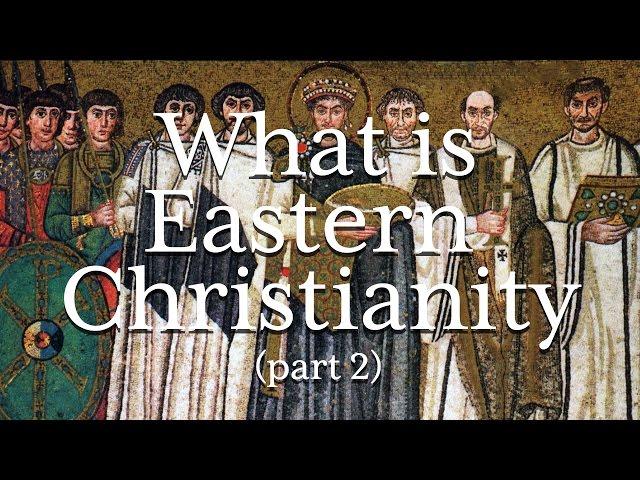

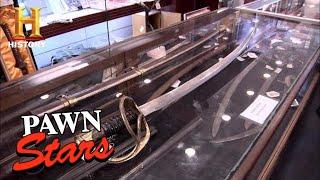
![[Пони клип] Метель и Вьюга [Пони клип] Метель и Вьюга](https://rtube.cc/img/upload/QWFPS3NpQ3BaelU.jpg)

